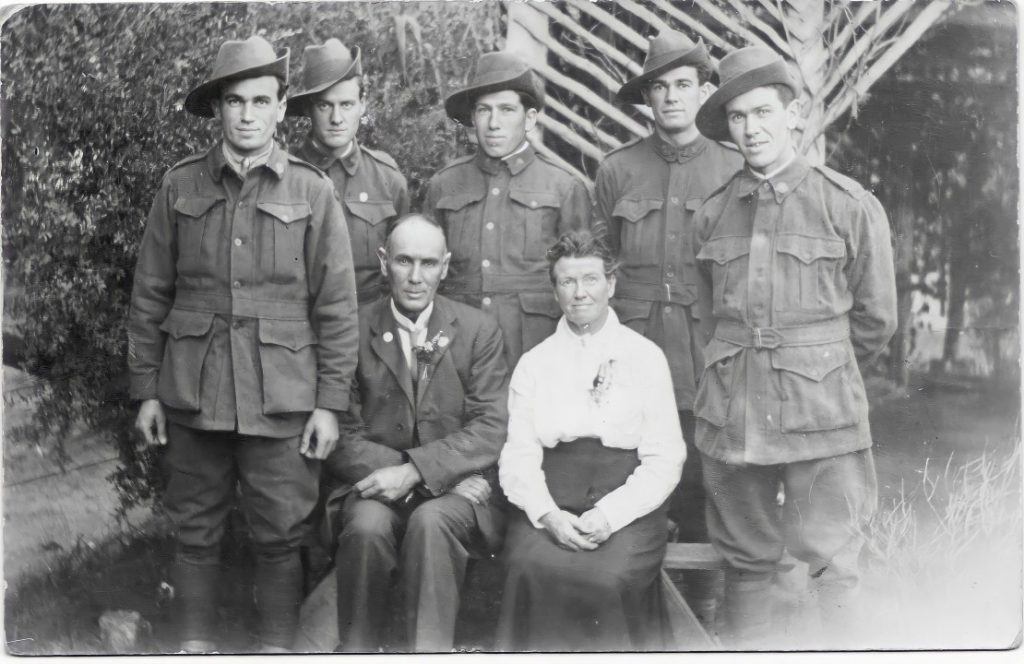With over 40 years of full-time employment under my belt, I’ve had the unique opportunity to witness the evolution of professional training and development. What has struck me is the cyclical nature of ideas and practices in the industry. Concepts that were once groundbreaking become overshadowed, only to resurface years later under a new guise. Let’s explore this fascinating phenomenon and what it means for today’s professionals.
Time in Motion to Continuous Quality Improvement
My grandfather was touted as a “time in motion engineer” during the 1920s, a role that epitomises a classic example of the cycle I’ve observed in professional training. His work in time in motion studies focused on optimising worker efficiency by analysing their movements and tasks. This approach laid the groundwork for what eventually morphed into “continuous quality improvement.” Fast forward a few decades, and the same principles that my grandfather once applied were repackaged as continuous quality improvement, emphasising ongoing enhancement of processes and products.
The Cycle Continues: Other Examples
This pattern is not an isolated occurrence. Consider these additional examples:
- Management Styles: The concept of “Supervisor” has transformed into “Team Leader,” a change that might seem semantic but carries nuanced differences. While both involve overseeing employees, “Team Leader” places a greater emphasis on collaboration and shared goals. The core responsibilities remain largely the same, but the rebranding reflects a more inclusive and team-oriented approach.
- Employee Development: What was once called “personnel development” has become “talent management,” reflecting a more holistic approach to nurturing employee potential.
- Marketing Strategies: Traditional advertising methods have been rebranded as “content marketing,” focusing on storytelling and engagement rather than mere promotion.
Why the Cycle?
So why does this cycle persist? Several factors contribute:
- Changing Terminology: As societal values and business priorities shift, terminology evolves to reflect new perspectives and emphases.
- Technological Advancements: Technology often drives the reinvention of ideas, enabling fresh approaches to age-old challenges.
- Generational Perspectives: Different generations bring unique viewpoints and preferences, leading to the reinterpretation of established concepts.
Embracing the Cycle
Rather than dismissing this cycle as mere repackaging, we can embrace it as a testament to the enduring relevance of core principles. By recognising the historical roots of modern practices, we gain a richer understanding of their foundations and potential applications.
Conclusion
The constant cycle of professional training is a reminder that good ideas never truly fade away; they adapt, evolve, and reemerge to meet the needs of a changing world. As professionals, we can draw inspiration from the past while looking forward to the future, appreciating the timeless wisdom that shapes our industry.
What are your thoughts on this evergreen cycle? Have you noticed other examples in your field? Share your insights and join the conversation!



